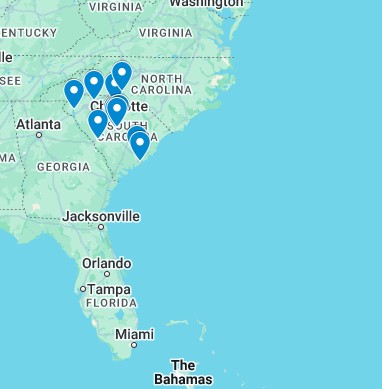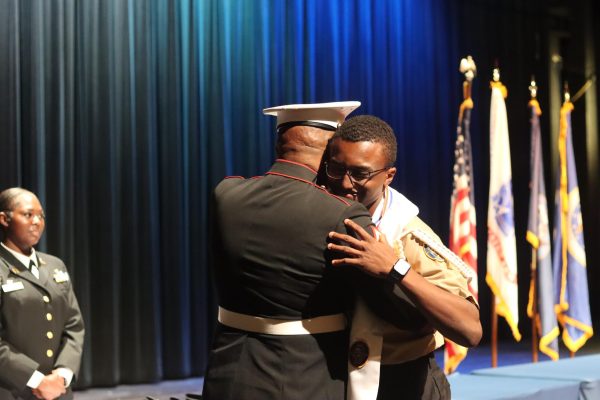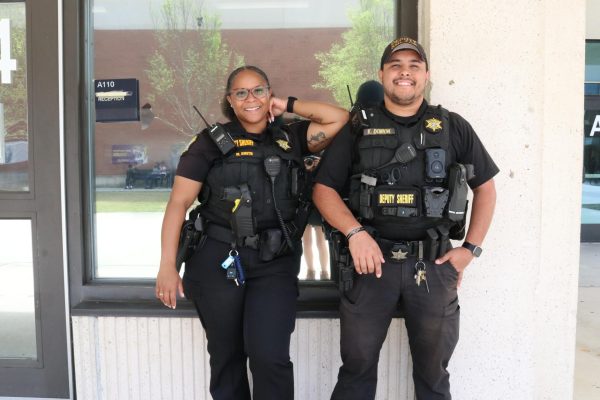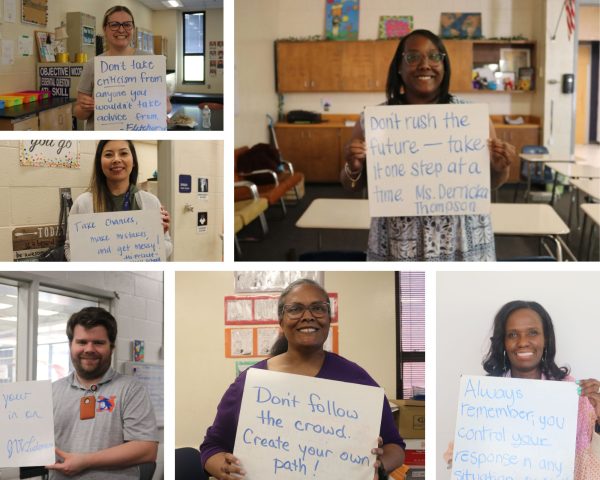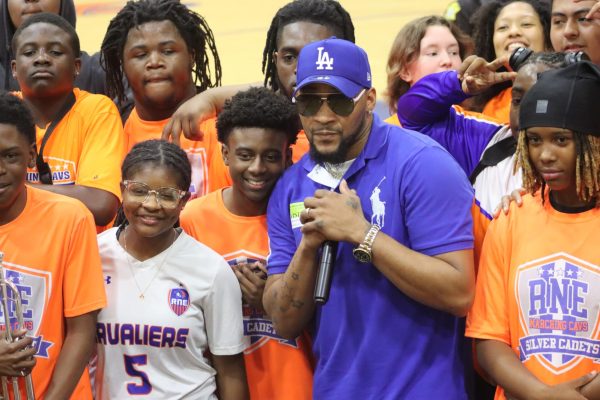Split Lunches, Split Clubs
Clubs, the infamously popular, student made extracurriculars that give kids the opportunity to meet with others about topics or activities they’re passionate about, while at school. Though clubs aren’t a rare or limited commodity, having dozens of different options to take part in, clubs lose all meaning if they can’t meet up. For most clubs, the prime meeting time is during lunch, it’s a free period where you can eat and go wherever you’d like on campus (excluding some classrooms). This all changed when dual lunches were set in place. With the division of lunches, many clubs had to change when they would meet, as many club members had lunch at different times, and though split lunches do help with the flow of students at lunch, the negative impact it has had on clubs shouldn’t be ignored.
English teacher Samantha Rainwater has experienced the difficulty in meetings first hand. When split lunches were first integrated, “…pride club had a few council meetings trying to decide when to meet, but a lot of students in pride club can’t stay after school because their parents don’t know they’re in pride club, or they have sports or other things after school.” With after school meetings not being available, few other meeting options were available for the pride club. When asked about the importance of clubs that has been limited by split lunches, “I don’t think school should just be about sitting at a desk and consuming content, I think there should be fun.” This idea is much more important than most people think, especially considering clubs like pride club are one of the few places where LGBTQ+ people can be and express themselves. “We often don’t view clubs as essential, and I would challenge anyone that thinks that to read about what clubs do academically, and the research supports that.”
When discussing clubs and their significance, we can’t forget to value the opinions of the club members. Junior Dixie Johnson knows a lot about being in clubs, especially as a member of Pride Club, Model UN, and Podcast Club. Johnson, like many other club members, supports the idea of clubs having their own time, period, or block. “My ideal time and place to meet would be the media center at lunch, or a separate block for the club.” This idea was also mentioned by Ms. Rainwater who said, “We could do a better job to organize the lunch system by including advisory, or having an hour every week to meet as a club or with a mentor, where they aren’t just sitting at a desk and absorbing content. Maybe even having a whole period where kids can go to a club or work on a project.” Now you may be thinking, “That’s what study hall is for”, but study hall isn’t a time that clubs can use to organize or meet. If clubs are to have a functional time to meet as a whole, a certain time has to be set, or changes in the lunch schedule made.
Overall, the issue of clubs and the inability to meet at lunch can be solved, though not always easily. If we can find a time for clubs to meet while in school, think of how many students will be able to join or attend clubs they couldn’t before.
Your donation will support the student journalists of Richland Northeast High School. Your contribution will allow us to attend conferences, purchase equipment and cover our annual website hosting costs.


